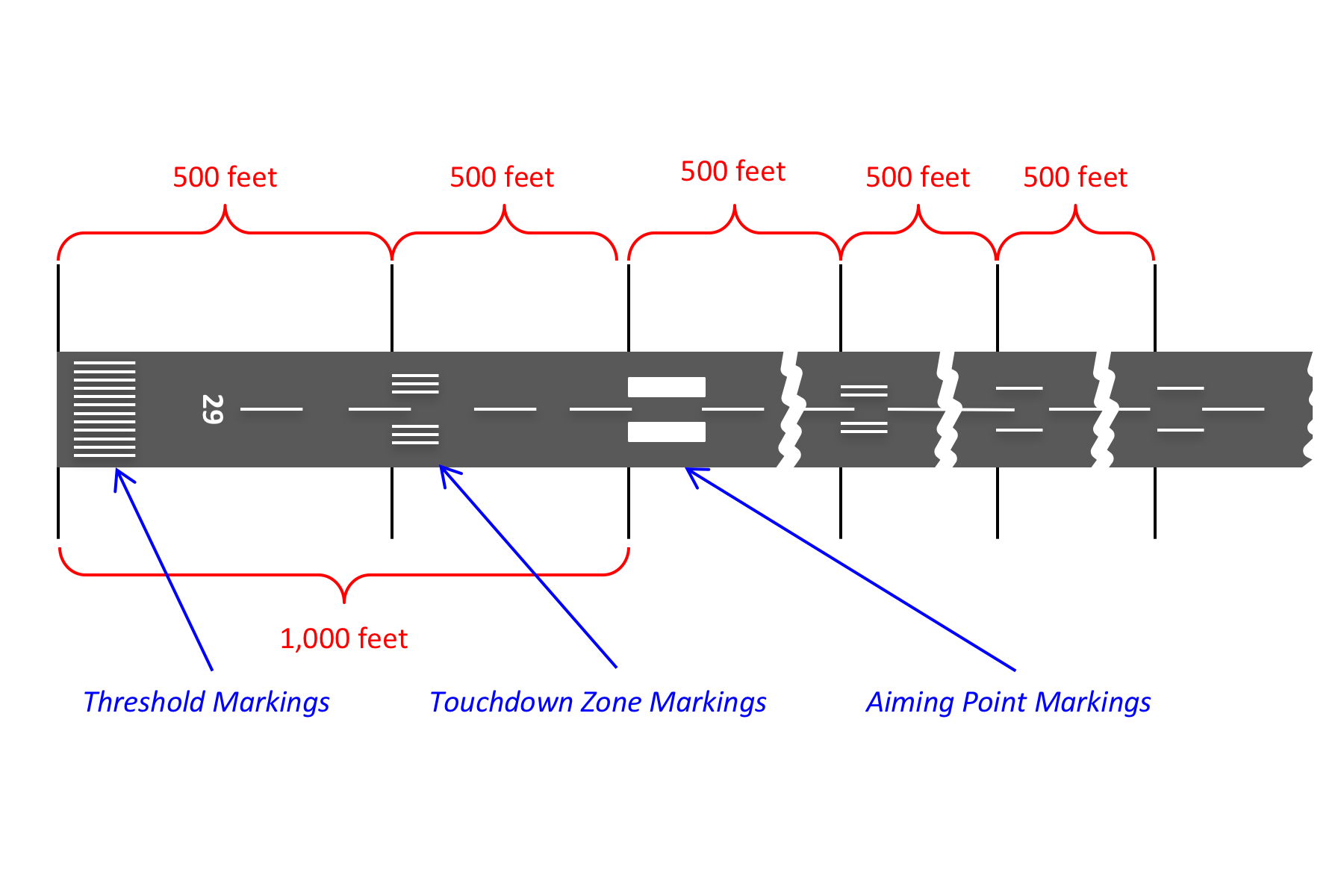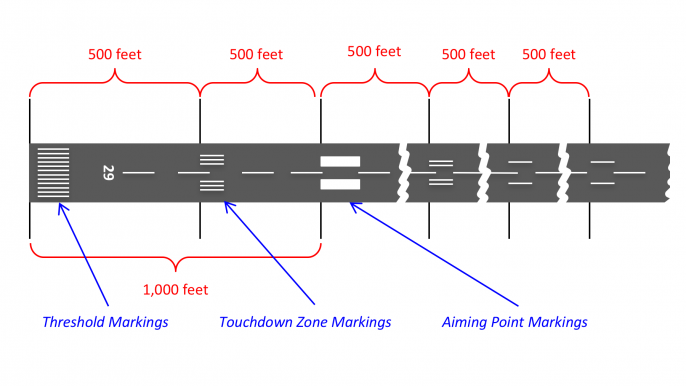
I’ve heard this off and on over the years: “Hold your aimpoint steady in the windshield and once you lose sight of it, flare.” Of course, that makes no sense. If you hold the aimpoint stationary you will not lose sight of it until the wheels touch well short of it. So, how do you know when to flare? Few manufacturers quantify the height where the flare begins. In fact, I’ve only seen this for three aircraft: the Gulfstream G450, the Boeing 747 and the Boeing 777. The published height for the Gulfstream is 20 ft., though I’ve found 25 ft. to be more comfortable. For the Boeings it is 30 ft. For the rest of us, we tend to figure that out for ourselves.
Let’s cut down on the number of variables by making two assumptions. First, we would like to touch down where we are aiming. Second, we want to pitch up to the flare attitude in one smooth and continuous motion. That makes the rotation-to-flare easier to teach and replicate for consistency.
If a Boeing 747 flares at 30-ft. wheel height, we can safely assume our G650 will flare with a little less altitude. I have used 25 ft. in every Gulfstream I’ve flown but start the thought “flare now” when I hear the radio altimeter announce “30.” Have I been cheating in the 5 ft. all this time? I don’t think so. On a 600-fpm glidepath, which is what you will be on if you are flying at 120-kt. ground speed, you are descending at 10 fps.
So thinking “flare now” with a half a second warning seems like a reasonable thing to do. Let’s see how our flare geometry looks with a 25-ft. wheel height.

If we position ourselves visually attempting to place the aircraft on a 3-deg. glidepath to the 1,000-ft. marker, our eyes will cross the threshold at 52 ft. If we manage to place our eyes at precisely 50 ft. TCH, our aimpoint will be 954 ft. from the end of the runway. In the case of our G650, our MLG will be 50–14.5 = 35.5 ft. above the runway. The MLG will continue to descend at 3 deg. and by the time it gets to the threshold, the MLG will be 42 x tan (3 deg.) = 2 ft. lower, for a TCH of 33.5 ft.
As pilots, we condition ourselves to maintain this stable descent rate until it is time to flare. Since the flare is initiated at a height above the ground, we tell ourselves we have an ability to judge the height accurately and pull the nose up when it “feels about right.” Over the years I’ve started to rely on the radio altimeter’s aural callout of “30,” knowing that in a half second I will be at 25 ft. and it will be time to flare. But what if you don’t have this kind of technology or what if the technology is broken? Worse yet, what if the technology fails you without warning? How can you accurately know it is time to flare without the callout?
Once again, trigonometry can be your best friend. Our G650 has a published “look down angle” of 15 deg. below level flight. Restated in English, this means as you look over the nose, your view of the world below you is blocked by the aircraft below an angle of 15 deg. Since you will be approaching the flare with your eyes at 25 ft. + 14.5 ft. = 39.5 ft. at a +2-deg. pitch, you will be unable to see the 39.5 / tan (13 deg.) = 171 ft. directly in front of the aircraft. With a little more math, we can determine that our first point of vision will be 620 ft. short of our aimpoint. In other words, when a point just over 600 ft. short of our aimpoint disappears, our MLG will be 25 ft. above the runway and it will be time to flare.

That is handy knowledge for a G650 pilot wanting to know a good visual cue for when to start the flare. If you are aiming for the 1,000-ft. fixed-distance markers, you can wait for the preceding 500-ft. markers to just about reach your nose before starting to flare. Good for the G650 crowd, but what about the rest of us?
You could of course do the math if you have access to the eye-wheel-height, eye-to-MLG distance, and the look-down angle for your aircraft. Very few manufacturers provide these numbers. This data is not available for the aircraft I am flying now, a Gulfstream GVII-G500. It is similar in size to the G650 and I would guess the numbers are about the same. But there is an easier way to figure this out.
You could simply ask the other pilot to take note of the first part of the runway viewable over the nose when you arrive at your customary flare height having flown a very steady glidepath to a discernible aimpoint. Do this several times and you will soon see a pattern develop. This distance short of the aimpoint is your visual cue to start the flare.

There is an even easier way. We’ve mounted a portable video camera at about the pilot’s eye level off to the side. We’ve taken multiple videos and have come to the conclusion that we will be at 25-ft. MLG height when a point 500 ft. short of our aimpoint touches the nose.





